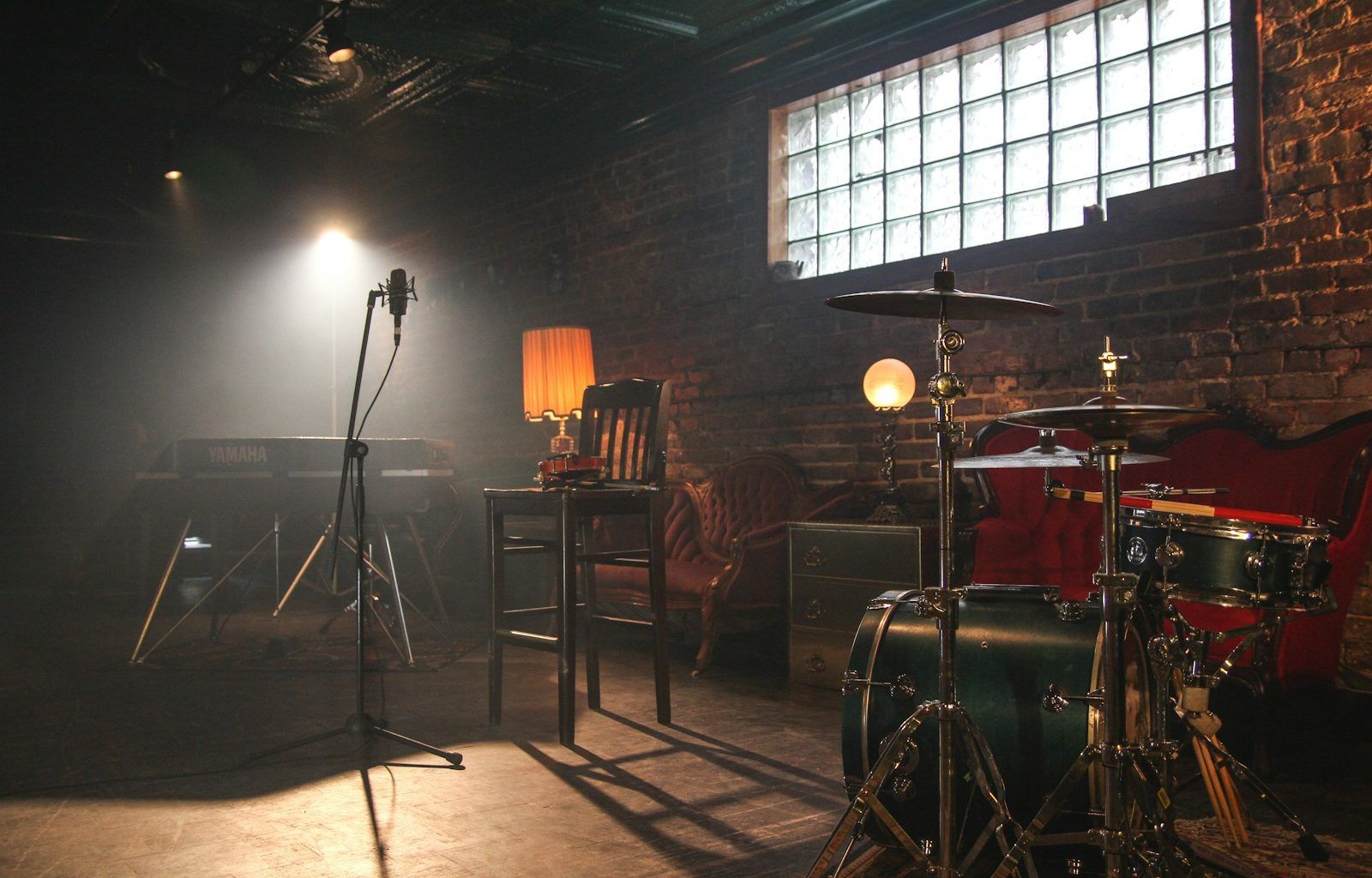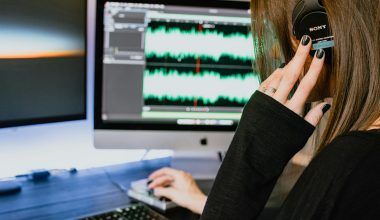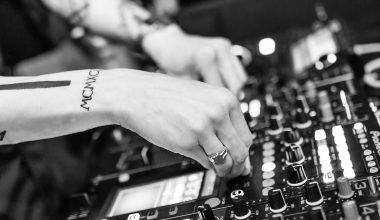If you’re passionate about music and dream of producing your own tracks, setting up a music production studio is the first step. Whether you’re a complete beginner or someone looking to refine their setup, this guide will walk you through the essentials. Let’s dive in and explore everything you need for your ideal music production setup.
Why Having a Good Music Production Setup Matters
Creating music isn’t just about talent; it’s also about having the right tools. A well-organized music production setup not only makes the process smoother but also enhances your creativity. Imagine having everything you need at your fingertips. It’s like having a blank canvas that’s ready for your masterpiece.
When you’re equipped with the right gear, you can focus more on expressing yourself and less on troubleshooting technical issues. Plus, a professional setup helps you achieve better sound quality, making your music stand out.
The Basics of a Music Production Setup
Before jumping into the gear, it’s essential to understand the basics. A music production setup typically includes hardware and software components. These include:
- A computer
- Digital Audio Workstation (DAW) software
- Audio interface
- Studio monitors
- MIDI keyboard
- Headphones
- Microphone
Let’s break down each component and explore what makes them essential for your setup.
Choosing the Right Computer for Music Production
Your computer is the heart of your music production setup. It’s where all the magic happens. Whether you prefer a desktop or a laptop, ensure it’s powerful enough to handle the demands of music production software.
Key Features to Look For:
- Processor: A fast processor (Intel i7 or equivalent) ensures your software runs smoothly.
- RAM: Aim for at least 16GB of RAM for seamless multitasking.
- Storage: SSDs are faster and more reliable than traditional hard drives.
Mac or PC? This debate is common among music producers. Both have their pros and cons, but ultimately, it depends on what you’re comfortable with. Just make sure it meets the technical requirements of your chosen DAW.
Selecting Your Digital Audio Workstation (DAW)
The DAW is your music creation software. It’s where you record, edit, and mix your tracks. Popular options include:
- Ableton Live: Great for electronic music and live performances.
- Logic Pro X: Ideal for Mac users, offering a user-friendly interface.
- FL Studio: Perfect for beginners with a focus on beat-making.
- Pro Tools: Preferred by professionals for its advanced editing features.
Take advantage of free trials to find the one that fits your workflow. Remember, the best DAW is the one you enjoy using the most.
Investing in an Audio Interface
An audio interface connects your instruments and microphones to your computer. It’s essential for capturing high-quality sound. Look for features like:
- Low latency: Ensures real-time audio playback.
- Multiple inputs and outputs: Useful if you’re recording multiple instruments.
- Compatibility: Check if it works with your DAW and operating system.
Popular models include Focusrite Scarlett 2i2 and PreSonus AudioBox. They’re affordable and beginner-friendly.
Getting Studio Monitors
Studio monitors are specialized speakers designed for accurate sound reproduction. Unlike regular speakers, they don’t enhance bass or treble, which helps you hear your music as it truly sounds. When shopping for studio monitors:
- Consider the size of your room. Smaller monitors work better in small spaces.
- Brands like KRK, Yamaha, and JBL offer excellent options for beginners.
Adding a MIDI Keyboard to Your Music Production Setup
A MIDI keyboard isn’t essential, but it’s a game-changer for composing melodies and creating beats. It lets you control virtual instruments within your DAW. Entry-level models like the Akai MPK Mini are portable, affordable, and versatile.
Headphones: A Must-Have for Any Music Producer
Headphones are crucial for detailed listening. They let you catch subtle nuances in your mix. Two types to consider:
- Closed-back headphones: Ideal for recording vocals as they prevent sound leakage.
- Open-back headphones: Better for mixing and mastering, offering a more natural sound.
Brands like Audio-Technica and Sennheiser offer reliable options for beginners.
Choosing the Right Microphone
If you’re planning to record vocals or acoustic instruments, a good microphone is essential. Condenser microphones are the most common choice for studio recording. The Audio-Technica AT2020 and Rode NT1 are great starting points.
Optimizing Your Workspace
A clutter-free, ergonomic workspace boosts productivity. Here’s how to create an inspiring environment:
- Use a sturdy desk to organize your equipment.
- Invest in a comfortable chair for long sessions.
- Add acoustic treatment to your room to improve sound quality.
Additional Tools to Enhance Your Music Production Setup
As you grow, you might want to expand your setup with tools like:
- Pop filters: Reduces harsh plosive sounds during vocal recording.
- External hard drives: For storing large projects and backups.
- Control surfaces: Makes mixing easier by giving you physical faders and knobs.
Learning the Art of Music Production
Having the right setup is just the beginning. Dedicate time to learning and experimenting with your gear. There are countless online resources, tutorials, and communities to help you grow as a producer.
Remember, creating music is a journey. Start small, focus on mastering your tools, and upgrade your setup as you gain experience. Before you know it, you’ll be producing tracks that truly reflect your unique sound.
Congratulations on taking the first step in setting up your music production space! It’s time to unleash your creativity and bring your musical visions to life.
Related Articles:
For further reading, explore these related articles:
- Koda Kumi: The Journey of Japan’s Beloved Pop Star
- A Journey Through Popular Hindi Songs: Music That Touches the Soul
For additional resources on music marketing and distribution, visit Deliver My Tune.






